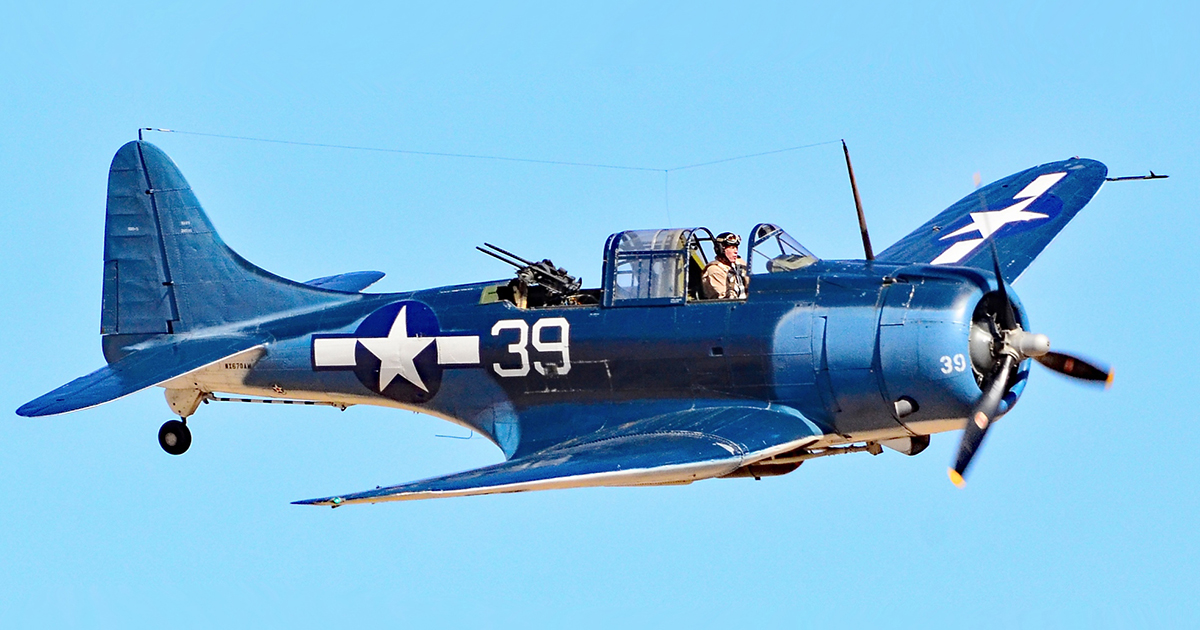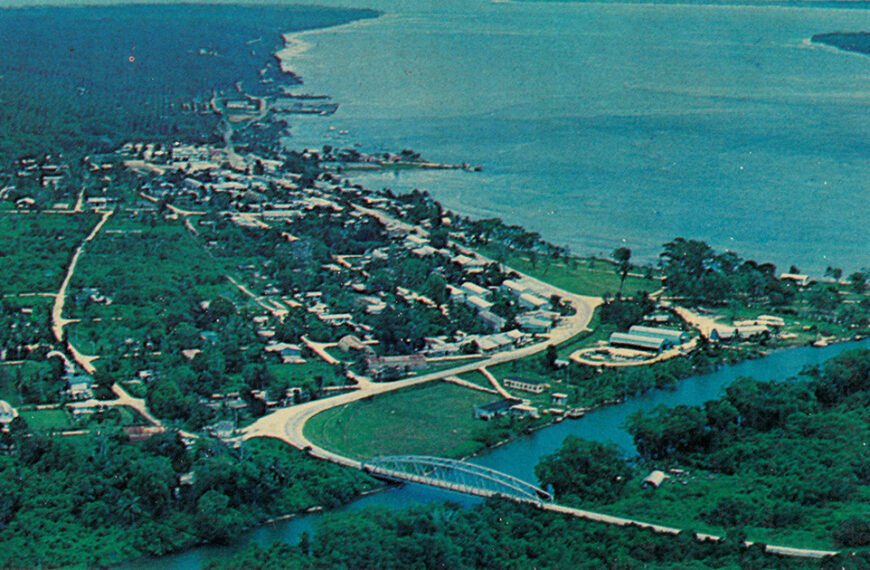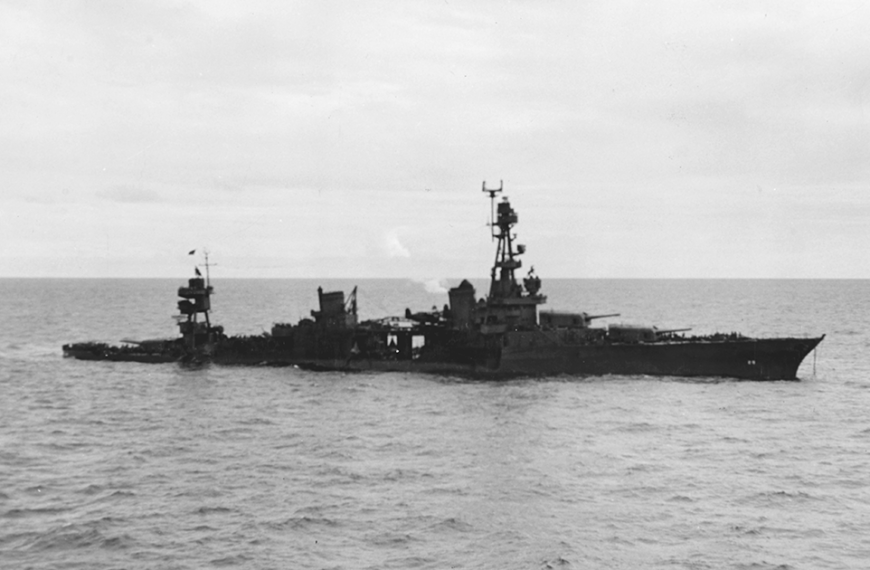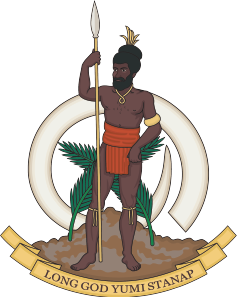The Douglas SBD Dauntless served as the primary carrier-based scout and dive bomber for the United States Navy from mid-1940 to mid-1944, and also saw service with the United States Marine Corps both from land air bases and aircraft carriers. The SBD proved to be an outstanding naval scout plane and dive bomber, possessing a potent bomb load, great diving characteristics from the perforated dive brakes, good defensive armament, and exceptional ruggedness. One of its land-based variants, the A-24 Banshee, was specifically designed for the U.S. Army Air Forces without an arrestor hook.
The SBD’s greatest contribution to the American war effort came during the Battle of Midway in early June 1942. Dive bombing requires exceptional accuracy and manoeuvrability to fly at steep angles and hit moving targets. The Douglas SBD Dauntless was rugged enough for pilots to dive at a near-vertical 80 degrees. As the primary dive-bomber of the US Navy at the outset of the war, the bomber earned its reputation and helped secure victory during the Battle of Midway.
Following earlier Japanese strikes on Midway Island, the indecision of Japanese commanders as to whether to launch further strikes on the island or attack the recently discovered American carriers resulted in bombs, torpedoes, and aviation fuel scattered on the carriers’ decks. It was at this precise moment SBDs from Yorktown arrived, and together with those from the Enterprise, rained 39 bombs on three Japanese carriers in three to four minutes, resulting in 11 direct hits that mortally damaged the Akagi, Kaga, and Soryu. The fourth carrier, Hiryu, was located later and was also sunk by Dauntlesses.
While the loss of 35 Dauntlesses and their crews was a huge blow to the American forces, it was nothing compared to the sinking of four Japanese carriers and many of its experienced aviators.
The SBD proved instrumental in stopping the Japanese advance and allowed the U.S. to fight on an equal footing in the Pacific.
General characteristics
- Crew: 2
- Length: 33 ft 1.25 in (10.0902 m)
- Wingspan: 41 ft 6.375 in (12.65873 m)
- Height: 13 ft 7 in (4.14 m)
- Empty weight: 6,404 lb (2,905 kg)
- Max takeoff weight: 10,700 lb (4,853 kg)
- Powerplant: 1 × Wright R-1820-60 Cyclone 9-cylinder air-cooled radial piston engine, 1,200 hp (890 kW)
- Propellers: 3-bladed Hamilton-Standard constant-speed propeller
Performance
- Maximum speed: 255 mph (410 km/h, 222 kn) at 14,000 ft (4,300 m)
- Cruise speed: 185 mph (298 km/h, 161 kn)
- Range: 1,115 mi (1,794 km, 969 nmi)
Armament
- Guns: 2 × 0.50 in (12.7 mm) forward-firing synchronized Browning M2 machine guns in engine cowling.
2 × 0.30 in (7.62 mm) flexible-mounted Browning M1919 machine guns in rear - Bombs: 2,250 lb (1,020 kg) of bombs








